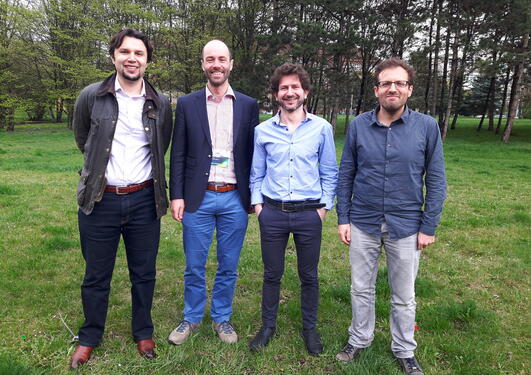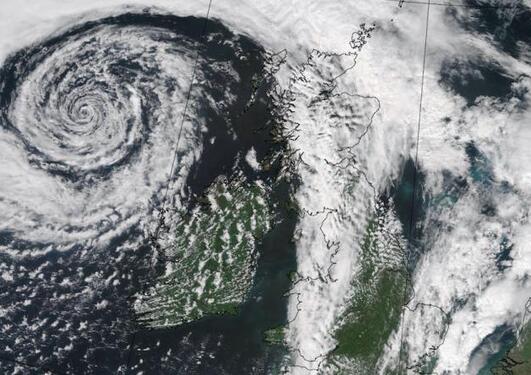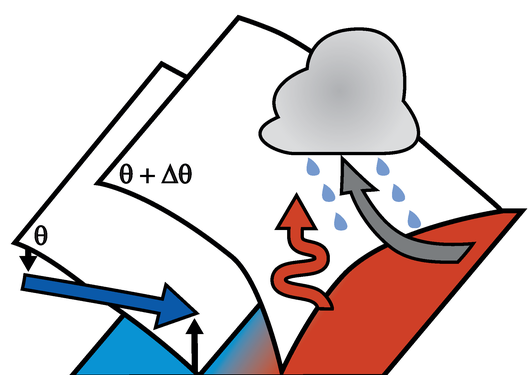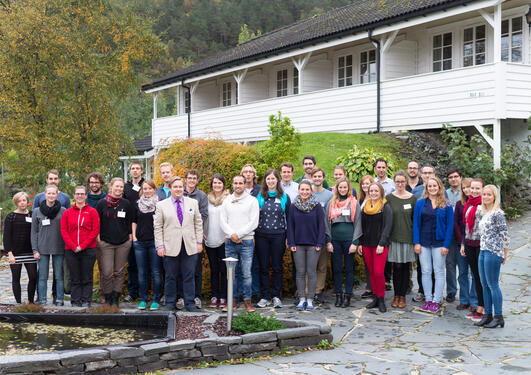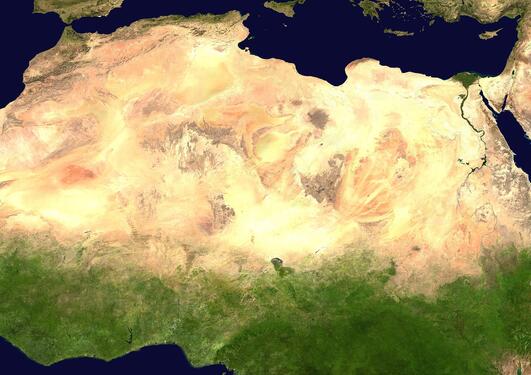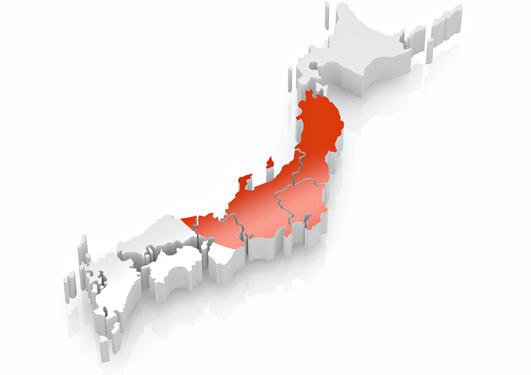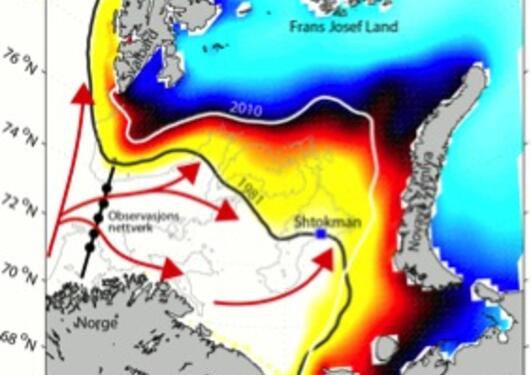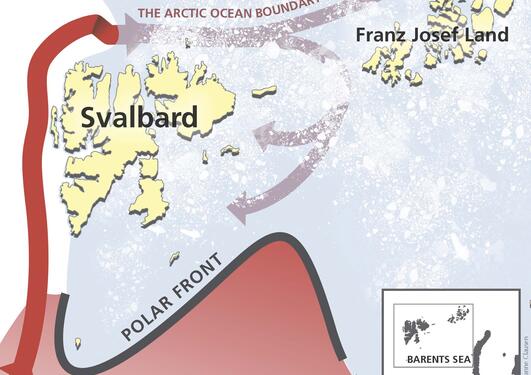News archive for Climate Dynamics
Some scientists from GFI / BCCR contributed significantly to a MOSAiC Workshop at ASSW in Prague on 4 and 5 April.
The University of Bergen has success in the QS university rankings, based on subject areas. Within the category of marine research, the University of Bergen was named the 37th best in the world.
A new research finds an increase of strong and extremely strong fronts in summertime and autumn over Europe. If this is a trend or caused by climate change remains to be seen, according to lead author Sebastian Schemm.
In the programme FRINATEK, the research counsil distributed 251 mill. NOK on 32 new research projects. Four of these are for researchers at Geophysical Institute. We also got one of five projects in the programme Polarprog.
Analysis of cyclone tracks and precyclogenesis flow conditions show us that El Niño can shift the preferred cyclogenesis position over the Gulf Stream which influences the cyclone’s track across the North Atlantic.
The results are published in the Journal of the Atmospheric Sciences.
Are you interested in what drives the climate systems and changes? Or would you like to learn more about how to prevent the development of diseases and injuries in workplaces in developing countries? Follow one of our massive open online courses this autumn!
Quest for Global Sustainability: Climate Change, Science and the Oslo Principles
The first joint PhD conference between ResClim and the Climate Research School at the Bolin Centre in Stockholm was held 28–30 September in and around Bergen.
Camille Li of the Geophysical Institute is co-author on this Nature paper that revises the age of the Sahara Desert
Both Japan and Norway are maritime nations with many shared interests. In early June 2014, marine researchers from Norway and Japan meet in Tokyo.
A recent Bjerknes study shows that the Gulf Stream’s Arctic limb is constrained by its heat transfer from the south.
Over the last half-century, high performance computing has proved itself as essential a tool for the earth sciences as the weather balloon and the rock hammer.
Outhreach is becoming an increasingly important yardstick for the relevance of scientific research.
A recent study by the PhD student Sigrid Lind shows that the northwest Barents Sea warmed substantially during the last decades.
Can weather forecasts be used to predict diseases such as malaria? UiB researchers cooperate with Ethiopian institutions in an attempt to find out.
The ice cover in the Arctic has decreased dramatically in recent years. Norwegian researchers have discovered that changes in air circulation patterns create winds that push away the ice.
Pages
- « first
- ‹ previous
- 1
- 2
- 3
- 4
- March 2023 (1)
- January 2023 (1)
- March 2021 (1)
- August 2020 (2)
- January 2020 (2)
- November 2019 (1)
- October 2019 (4)
- August 2019 (3)
- July 2019 (2)
- June 2019 (1)
- May 2019 (3)
- April 2019 (2)
- March 2019 (3)
- February 2019 (1)
- January 2019 (3)
- December 2018 (2)
- November 2018 (1)
- October 2018 (2)
- September 2018 (2)
- August 2018 (1)
- July 2018 (1)
- April 2018 (2)
- March 2018 (2)
- February 2018 (3)
- January 2018 (1)
- October 2017 (2)
- June 2017 (4)
- April 2017 (2)
- March 2017 (1)
- February 2017 (1)
- December 2016 (1)
- November 2016 (1)
- August 2016 (1)
- November 2015 (1)
- October 2014 (1)
- September 2014 (1)
- June 2014 (1)
- December 2013 (1)
- November 2013 (1)
- October 2013 (1)
- September 2012 (1)
- February 2011 (1)
- January 2011 (1)
